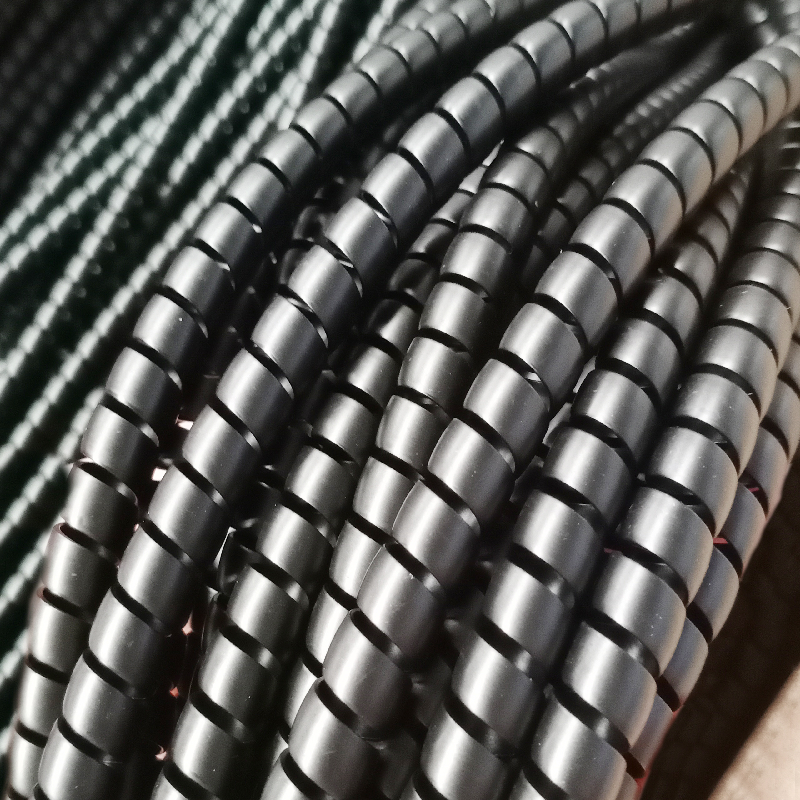rubber brake hose
The Importance of Rubber Brake Hoses in Automotive Safety
Rubber brake hoses are a crucial component in the braking systems of vehicles, playing an essential role in ensuring safety and control. These hoses are part of the hydraulic system that transfers pressure from the brake pedal to the brake calipers, ultimately allowing the vehicle to slow down or come to a complete stop. Understanding the function, construction, and maintenance of rubber brake hoses is imperative for any vehicle owner.
Function of Rubber Brake Hoses
When a driver presses the brake pedal, the force is transmitted through a fluid-filled system. Rubber brake hoses carry this brake fluid from the master cylinder to the brake components at each wheel. The pressure exerted by the brake fluid activates the brake calipers, which clamp down on the brake pads, creating friction against the brake discs (or drums). This process is vital for stopping the vehicle safely and effectively. Any failure in the brake hose can lead to a complete loss of braking power, resulting in potentially catastrophic outcomes.
Construction of Rubber Brake Hoses
Rubber brake hoses are designed to withstand high pressure, high temperature, and exposure to various environmental elements. Typically, these hoses consist of an inner layer of synthetic rubber that holds the brake fluid, a reinforcing layer made of fabric or steel to provide strength, and an outer layer of rubber that offers protection against abrasion, heat, and chemical exposure. The combination of these materials ensures the hoses remain flexible while being resilient enough to handle the stress and demands of a vehicle's braking system.
rubber brake hose

Common Issues with Rubber Brake Hoses
Over time, rubber brake hoses can suffer from wear and tear due to environmental factors, age, and usage. Common issues include cracks, bulges, and leaks, all of which can compromise their integrity. For instance, exposure to UV rays, oil, and extreme temperatures can break down the rubber, leading to a reduced ability to handle high pressure. Additionally, if the hoses become brittle or expand under pressure, they may fail to transmit enough force, resulting in a delayed or ineffective braking response. Regular inspection and maintenance of brake hoses are crucial in preventing brake failure.
Maintenance and Replacement
Vehicle owners should regularly inspect their rubber brake hoses, looking for visible signs of wear, such as fraying or discoloration. It is generally recommended to have the braking system, including hoses, checked at least once a year or every 12,000 miles. A qualified mechanic can assess the condition of the hoses and suggest replacement if necessary. In some cases, it's advisable to replace brake hoses every four to six years, even if they don't show visible signs of wear since rubber deteriorates over time.
Conclusion
Rubber brake hoses are indispensable for the safe operation of vehicles. They serve a vital function in the hydraulic braking system, making it imperative for drivers to ensure their proper condition. Regular maintenance, including inspections and timely replacements, can significantly enhance vehicle safety and performance. As the only link between the braking system and the vehicle's control, never underestimate the importance of rubber brake hoses; they are essential for both driver safety and overall vehicle function. Always prioritize the health of your braking system and consult professionals for any concerns regarding brake hose integrity. Safe driving starts with reliable brakes.
-
Ultimate Spiral Protection for Hoses & CablesNewsJun.26,2025
-
The Ultimate Quick-Connect Solutions for Every NeedNewsJun.26,2025
-
SAE J1401 Brake Hose: Reliable Choice for Safe BrakingNewsJun.26,2025
-
Reliable J2064 A/C Hoses for Real-World Cooling NeedsNewsJun.26,2025
-
Heavy-Duty Sewer Jetting Hoses Built to LastNewsJun.26,2025
-
Fix Power Steering Tube Leaks Fast – Durable & Affordable SolutionNewsJun.26,2025

